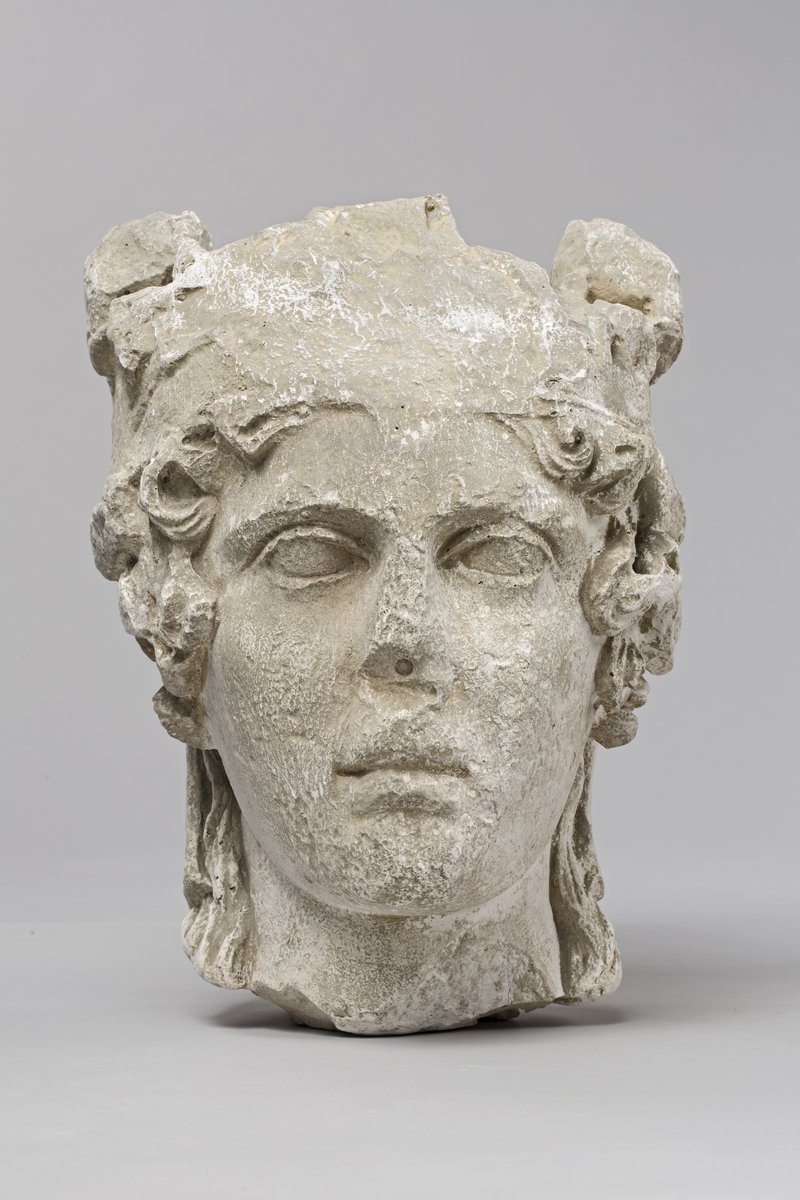
Classical Antiquites - Plaster casts
| Date | early 20th century (plaster cast), early imperial period, after a bronze statue from around 240-220 BC (original) |
|---|---|
| Object type | plaster cast |
| Medium, technique | plaster |
| Dimensions | 92 x 190 x 89 cm |
| Inventory number | Ag.288 |
| Collection | Classical Antiquites - Plaster casts |
| On view | Star Fortress (Komárom), Famous Sculptures from the Hellenistic Period (Third to First Centuries BC) and their Reception, Gallery IX |
The severely wounded warrior is naked like the heroes. The short, tufty hair, the moustache, and the torques around the neck show that he is not Greek but Celtic (Gaul). He lies on his shield, he can hardly raise himself. He is using all his strength to overcome his pain, and die with dignity. The dying Gaul is the adaptation of a bronze statue, which formed part of the so-called Greater Attalid monument. The monument was erected by Attalos I, the king of Pergamon (241—197 BC) in Asia Minor to commemorate a military victory against the Gaul.
Hekler, Antal, Az antik gipszgyűjtemény I-II., Budapest, 1919-1920, 1923, no. no. 376.
This record is subject to revision due to ongoing research.